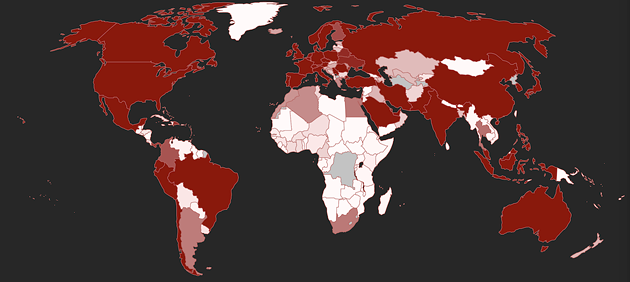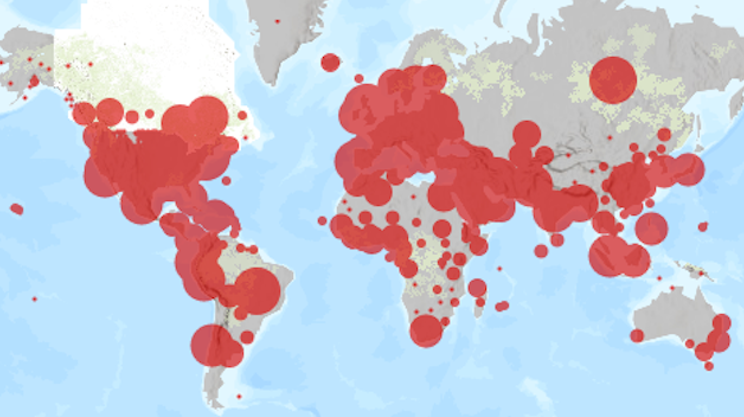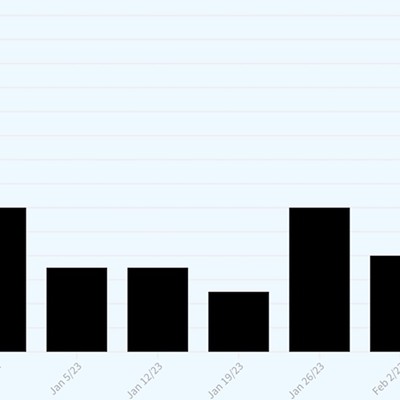Doctor by doctor, hospital by hospital, the COVID-19 patients are diagnosed. Town by town and city by city they add up. Collected in states, provinces, counties, territories, earldoms and duchies, the numbers just grow and grow and grow. Country to country, continent to continent until, literally, around the world—the coronavirus spreads its disease. The good news: Antarctica is still virus-free. The bad news: today the rest of the planet combined passed 2,000,000 cases.
The first known case was found November 17, 2019. (Headline that day from the Globe and Mail that seems more meaningful with hindsight: “Hockey has long defined Canada, but it’s time to reassess our relationship,” published long before the NHL put its season on ice.) COVID-19 has existed just 150 days. Basically five months. Nova Scotia’s first cases—three arrived at once—were announced only one month ago. That was March 15, when there were 169,511 cases around the globe.
The planet hit 1,000,000 cases April 2. That took 137 days. An eternity in new time. The next million, reached April 15, took 13 days. Less time than it takes to quarantine after a trip to Moncton.
There are three stats trackers we have on heavy rotation. Worldometer is a destination for all kinds of global population numbers, and early on it developed a coronavirus section with loads of charts including an easy-to-understand country-by-country tabulation that shows Canada has the 12th most cases in the world (28,205 today). Media loves to refer to the Johns Hopkins University tracker, with its name-brand pedigree and very dashboardy world map dashboard.
nCoV2019.live has easily the best story. It was started by a high school student living near Seattle. As The New Yorker’s Brent Crane reported on March 23:
Last week, as cities across the country shut down in an effort to slow the spread of COVID-19, President Trump said, “We have a problem that, a month ago, nobody thought about.” Well, somebody did. On December 29th, as Trump vacationed with his family at Mar-a-Lago, Avi Schiffmann, a seventeen-year-old from Washington State, launched a homemade Web site to track the movement of the coronavirus. Since then, the site, ncov2019.live, has had more than a hundred million visitors.
The trackers don’t always have the exact same numbers, probably because they are scraping the web for data at slightly different times, but they’re close. Right now they all say more than 133,000 people have died around the world from COVID-19.
The government of Canada has put together a dashboard for the country, such a dashboardy dashboard that it has the most dashboardy name possible: Canada COVID-19 Situational Awareness Dashboard. It currently shows 51 people died from the disease in the past day. At that rate, Canada will pass 1,000 deaths tomorrow.


















